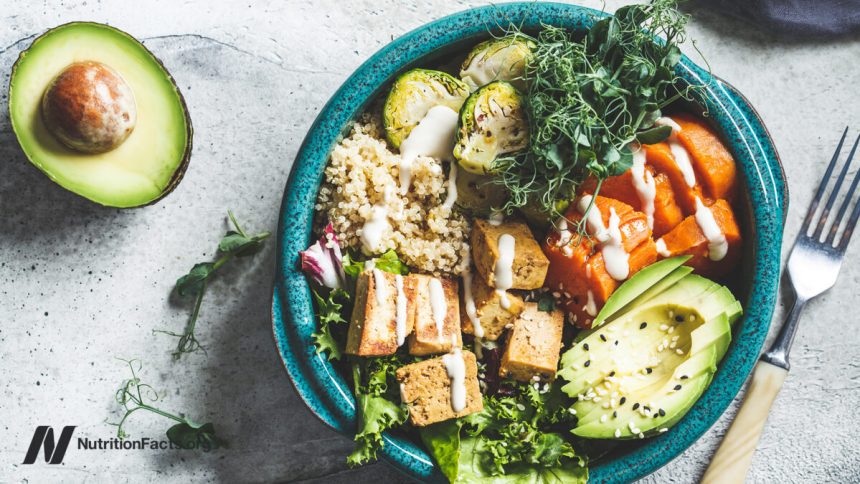The influence of the “eat more” food environment can overpower our conscious control when it comes to eating. Food and beverage companies often portray body weight as a personal choice, but the constant exposure to tempting, easily accessible calories can weaken our ability to resist overeating. Even nutrition professionals can fall prey to the alluring marketing strategies of food companies. This suggests that there are subconscious aspects of our eating behaviors that evade personal insight and awareness, leading to what appetite physiologists term as “passive overconsumption.”
A study involving brain scans revealed that the mere thought of a milkshake can trigger reward pathways in the brain similar to those activated by substance abuse. This response, driven by dopamine release and cravings, can overpower our rational thoughts and urge us to eat. Despite our attempts to maintain a balance between calorie intake and expenditure, our eating habits may be more reflexive than voluntary, similar to bodily functions like breathing or sleeping.
The prevalence of food advertisements and the availability of food products have expanded significantly over the years. Snacks are now easily accessible in various non-traditional locations, contributing to the rise in daily eating episodes. This shift towards a snacking society, coupled with the omnipresence of vending machines, has led to a substantial increase in calorie consumption, potentially fueling the obesity epidemic.
Children are particularly vulnerable to the overwhelming influence of junk food marketing. Despite parents’ efforts to instill healthy eating habits, children encounter a barrage of unhealthy food options and persuasive messaging. Pediatricians are now advised to address dietary habits early on to mitigate the impact of aggressive food marketing on children’s health.
Dr. David Katz highlights the challenges of personal responsibility in the face of environmental temptations that promote unhealthy eating habits. The obesity epidemic poses a significant public health threat, with far-reaching consequences on mortality and quality of life. Understanding the role of corporate influence in perpetuating this epidemic is crucial in addressing the root causes of the crisis.
Take a moment to reflect on the implications of the obesity epidemic and the importance of individual and collective actions in combating this global health crisis. Stay tuned for the next video in this series, “The Role of Corporate Influence in the Obesity Epidemic.”
Explore more articles in this series by checking out the related posts below. This is the ninth installment in an 11-part series.






